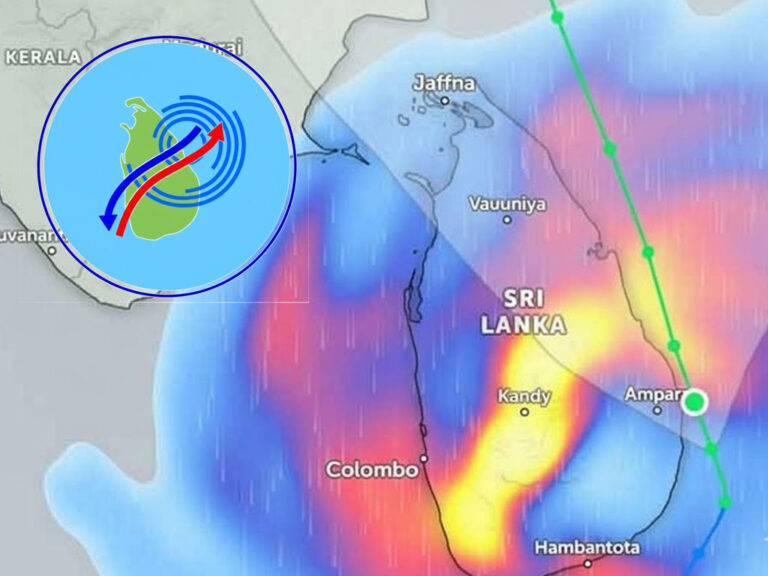
Visakhapatnam, India – September 2024 – India’s second nuclear-capable ballistic missile submarine, INS Arighaat, was officially commissioned into the Indian Navy late last month, a significant step in bolstering the country’s nuclear deterrent as regional tensions simmer. The government hopes that the addition of the Arighaat, which joins INS Arihant, will enhance India’s ability to deter threats from both China and Pakistan.
At the commissioning ceremony held at Visakhapatnam Naval Base, Indian Defense Minister Rajnath Singh said the new submarine would help “establish strategic balance” in the region. However, defense analysts caution that India’s nuclear deterrent still trails China’s formidable naval power.
China’s People’s Liberation Army Navy (PLAN) has the world’s largest fleet, including six operational Jin-class nuclear-powered ballistic missile submarines that can carry a dozen ballistic missiles with ranges of at least 8,000 kilometers (4,970 miles). In contrast, India’s Arihant-class subs are equipped with K-15 Sagarika missiles, whose range of around 750 kilometers (466 miles) limits their strategic reach.
“The INS Arihant-class can barely reach Chinese targets along the eastern Sino-Indian border from the coastal waters of the Bay of Bengal, which are dangerously shallow for submarines,” said military analyst Carl Schuster.
Catching Up with China
India’s submarine program has faced delays, with the Arighaat taking nearly seven years from launch to commissioning. Nevertheless, experts see the country’s push to develop more advanced nuclear-armed submarines as essential for establishing a credible second-strike capability.
Future Indian submarines are expected to carry ballistic missiles with ranges of up to 6,000 kilometers (3,728 miles), which would allow India to target deep within China. While these submarines could still be years away, they are critical to India’s goal of maintaining deterrence.
“India clearly has ambitions to field a sophisticated naval nuclear force, with ballistic missile submarines at its core,” said Matt Korda, associate director for the Nuclear Information Project at the Federation of American Scientists. “While smaller in scale than China’s fleet, India’s growing SSBN capabilities will allow it to hold both Pakistani and Chinese targets at risk.”

Mark Schiefelbein/AFP/Getty Images
A Growing Naval Race
As China’s navy continues to expand and deploy more sophisticated vessels, India’s smaller SSBN fleet will require substantial upgrades to maintain parity. The GlobalData analytics company estimates that India will invest $31.6 billion in submarine development over the next decade. In addition to longer-range missiles, larger SSBNs with more missile tubes are reportedly in development.
However, defense analysts caution that India’s efforts are part of a broader regional arms race. Both China and Pakistan are pursuing MIRV technology (Multiple Independently targetable Reentry Vehicles), which allows a single missile to carry multiple warheads. The introduction of these systems is heightening concerns about regional stability, as they are perceived as first-strike weapons, making them potential targets in a preemptive attack.
“Nuclear-capable submarines are more than just weapons; they symbolize great power status,” said Tom Shugart, a former US Navy submarine commander. “For India, having more submarines will ensure at least one is always on patrol, maintaining deterrence even during times of heightened tension.”
China’s Wary Eye
Even before the Arighaat was commissioned, China expressed concerns about India’s growing naval capabilities. State-run Global Times quoted Chinese analysts warning that India should not use the new submarine to “flex its muscles” and risk destabilizing the region.
Tensions between India and China remain high, particularly after border clashes in Ladakh in 2020 and 2022. The Indian Ocean has also become a theater of strategic competition, with both countries increasing their naval deployments in the region.
In response to India’s submarine expansion, China has bolstered its naval presence in the Indian Ocean and deepened its ties with Pakistan, which is acquiring Type 039B attack submarines from China.
Looking Ahead
While India’s naval capabilities remain in their infancy compared to China’s, the commissioning of the INS Arighaat marks an important milestone in the country’s strategic defense planning. The Arihant-class submarines are expected to serve as the backbone of India’s nuclear deterrent for the foreseeable future, with further upgrades and new vessels to follow.
As India navigates this complex security landscape, analysts emphasize the importance of continued investment in its submarine program to counter the growing influence of China and Pakistan in the region.
For now, INS Arighaat may serve as a warning that India is serious about maintaining a credible second-strike capability – but it has a long journey ahead to catch up with China’s naval power.




